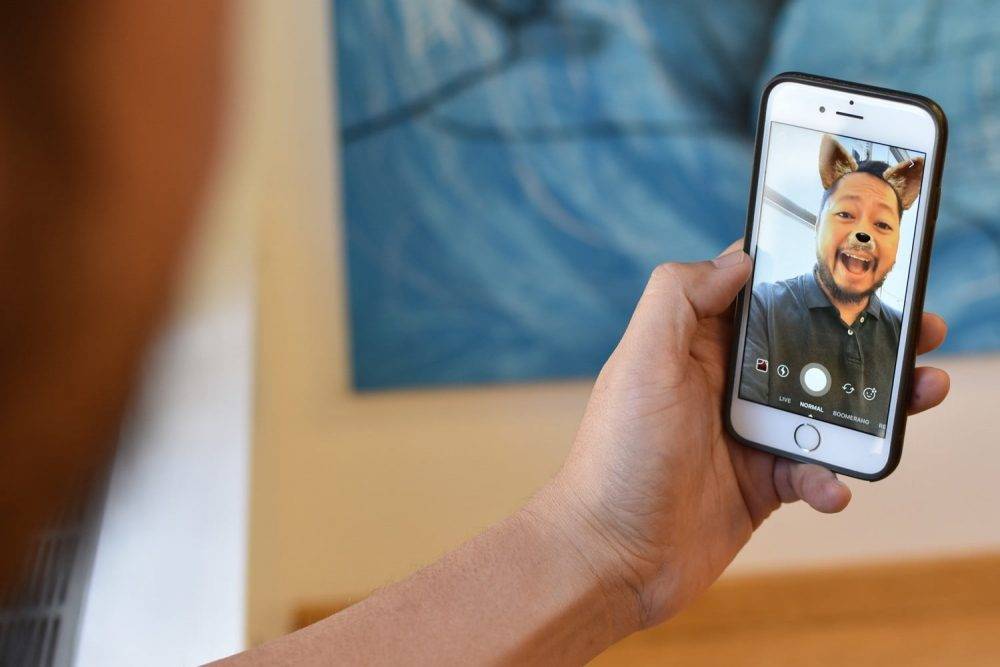It does seem like almost all big social media and media-sharing apps are jumping in to add the “stories” feature to their interfaces. Is it a little bit too much now? Will we start seeing similar stuff in almost every platform? Is this a sign of a lack of creativity and uniqueness among the companies?
In 2013, Snapchat was the first to bring up this idea. Of course, the feature did not immediately hit as a success but over time its popularity was growing among users. By 2017, 25% of stuff shared as Snaps were done so in stories and even analysts were speculating for the feature to be a huge hit. This had been made possible as the Snapchat team kept adding more filters, including the AR lenses. All this was set to give the app a huge covetous milestone and set its income soaring high.
Facebook, made a sneaky move via their jewel, Instagram.
But just before its IPO in 2017, their rival, Facebook, made a sneaky move via their jewel, Instagram. They launched Stories in 2016 and soon after started pumping in more interactive features. This brought in a rumour that Instagram had copied this very idea from Snapchat and the talk went on for quite a while. Soon, it became almost impossible to differentiate the features from the two competitors. But Instagram seemed to have the upper hand as users kept flowing in and in no time it had more than 200 million story users daily, surpassing even Snapchat’s total daily active users (158 million).
The narrative does not end there as more and more apps have been infected into this trend of bringing in the Stories feature, allegedly as a way of making their platforms more interactive. Facebook added this feature in Messenger, brought it in WhatsApp status that were initially word-generated and eventually Facebook Stories. According to Facebook the main reason for adding this concept into almost all their products was to get rid of text-centric content.


Image Courtesy Digital Trends
We all thought that the camera would be the main focus in apps only like Snapchat and Instagram with the others embracing more of a text feed. But it seems sharing just words to a feed is not quite as appealing anymore, neither is consuming content via vertical feed. Messages taken via camera are becoming the main focal point of communication.
Beyond Text-Centric Content
Soon after all this, Twitter was never left behind as they came up with their own “Twitter Moments” where one can stitch together a group of tweets into a narrative. Medium also launched their own Series as a way to encourage users to create stories that unfold over time. Let’s not forget about Google having their own YouTube Stories as a convenience for creators to share their daily activities more with subscribers without having to post a new video every now and then or having to go to alternative Instagram stories to check them out.
But why does it seem as if everyone is going for it? Literally everyone. Newsfeed was a wonderful place to just interact in the form of text, statuses and if we went too far, links to funny YouTube videos and albums of family holiday photos. We may have barely noticed it, but social media has totally moved on. A few days ago, Instagram’s co-founder, Kevin Systrom just admitted that the idea of Instagram Stories adopted in 2016 was inspired (I call it “copying”) by Snapchat Stories. Which might beg the question of whether all these social media platforms are just “inspiring” each other in order to be relevant to the market trend. However much it might have paid off on Zuckerberg’s side, are we lacking creativity and innovation in getting the best way to reduce a text-centric way of communication in our feeds? But then again, we have seen major moves made in this industry that are eventually assimilated by everyone. It did happen a while ago on desktop PCs when it was decided that all keyboards should be QWERTY, the interface should be graphical and pages should scroll vertically.


Image Courtesy Vidooly
With this new wave of real-time content shared via media instead of text might actually make the camera sort of like the new keyboard. I will have to admit, it is hard sometimes to convey a message or share moments by just writing words (funny, considering I’m a writer) and making sure people actually connect totally. This is where the camera comes through photos and videos where we can share fun moments of our lives with those closest to us and sometimes, those not close to us, without summing it up in a sentence or two.
Now, will the camera totally replace text? Of course not! I think we should just picture this as an additive to the already existing old text News Feed. For instance, if Twitter started becoming more media-based and soon we forget about text content, it will become boring. Because that’s what it’s known for and will be for probably forever. But yes, they have just added more media content to add to the fun. The move will surely keep going on and on to more social media platforms. Because it will no longer just be about sharing rare moments in our feeds, it will be about going deeper, not wider. It won’t be just about retweets and how many people like your content, it will be about people who can create genuine content in important moments no matter how brief.
It’s about people connecting more and more with their followers almost every day without having to go through the hustle of making their content perfect because it will be there permanently. It seems we are likely to move further and further away from scrolling pages vertically and into watching temporary stories.





Comments